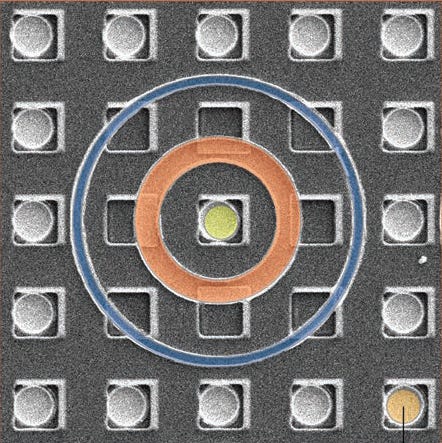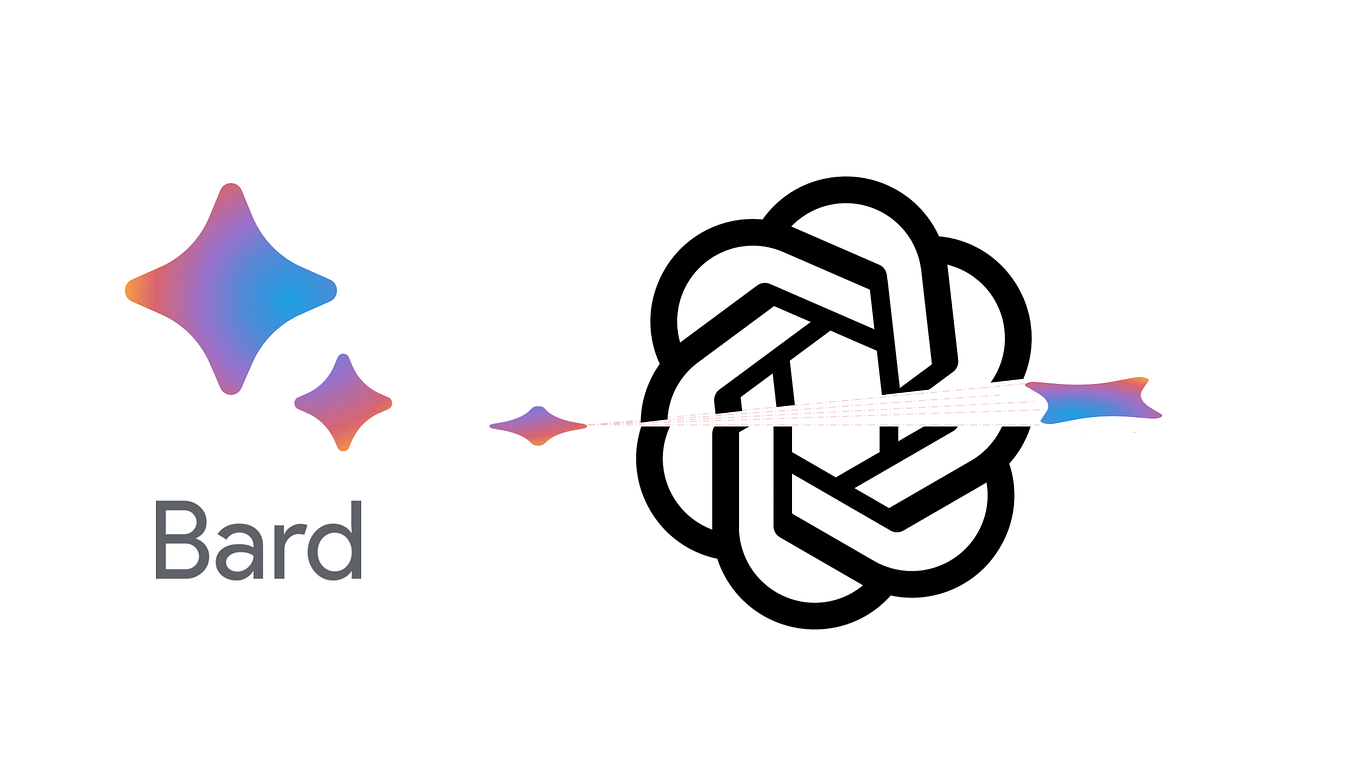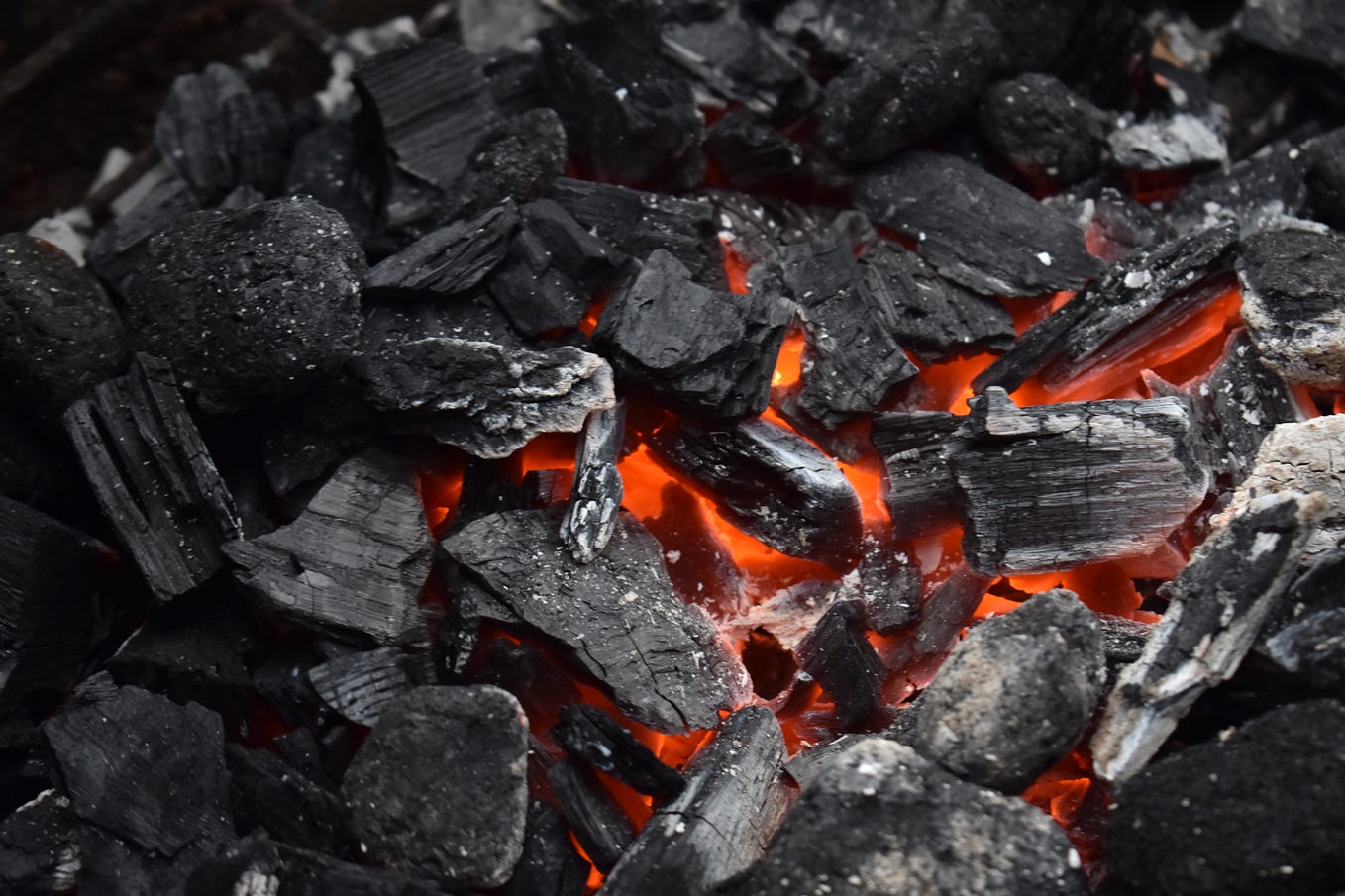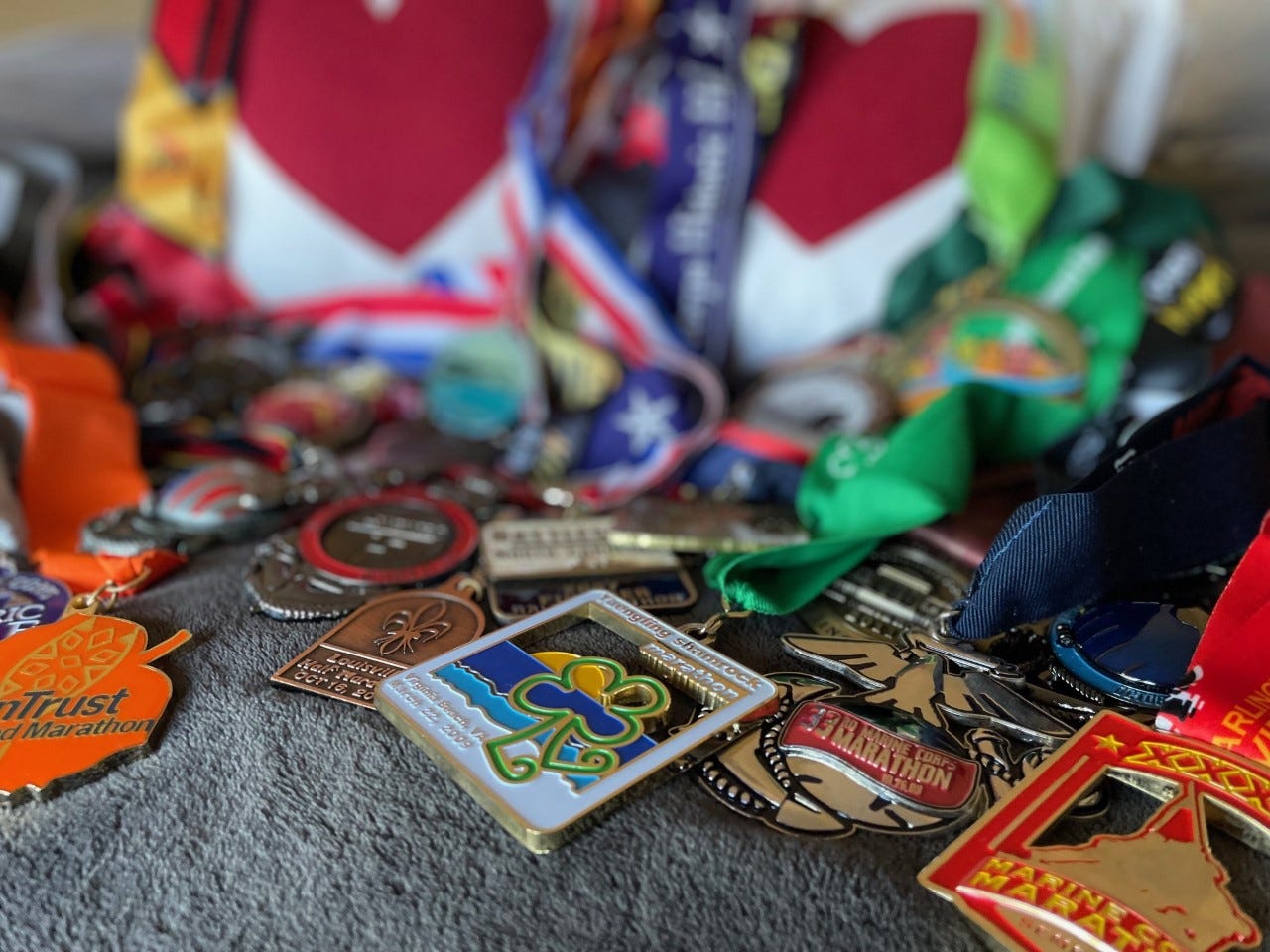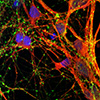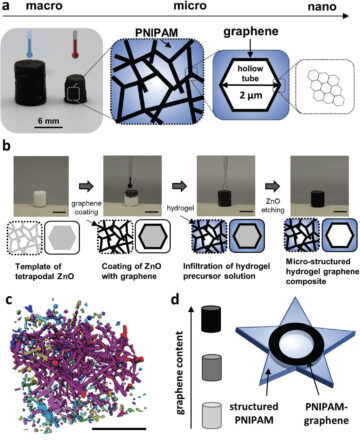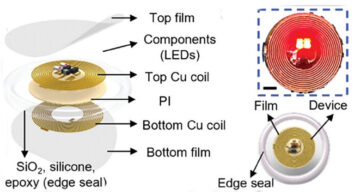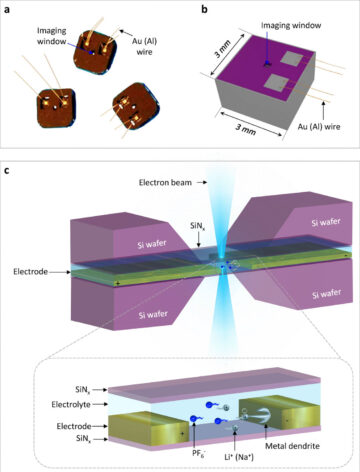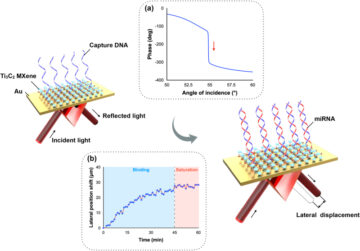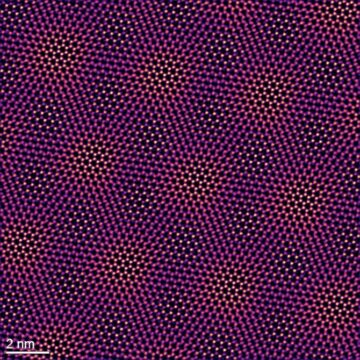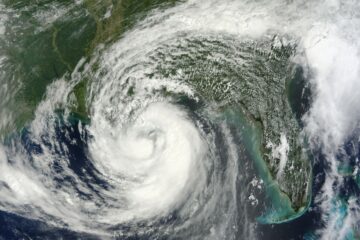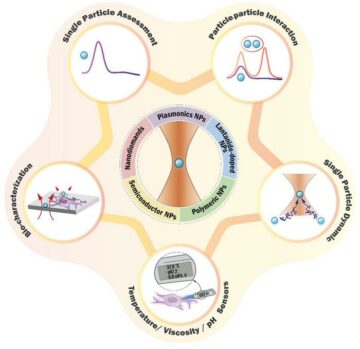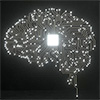3 days ago
—
Researchers use microscopic, 3D printed mushroom-like structures to achieve unprecedented control over the speed, path, and patterning of bouncing water droplets. This new surface technology offers advances in self-cleaning, water harvesting, and green energy technologies.
Introduction
Water droplets bouncing off surfaces may seem like a simple, everyday phenomenon, but what if we could harness this behavior for groundbreaking applications? Imagine surfaces that clean themselves, advanced water harvesting systems that direct rainwater where it’s needed, or even innovative green energy solutions that convert the kinetic energy of raindrops into electricity. Scientists are finding innovative ways to turn these possibilities into reality.
The Inspiration from Nature
Nature has always been a rich source of inspiration for scientists and engineers, especially when it comes to solving complex problems. In the quest to control water droplet behavior, researchers have turned to biological examples that have evolved over millions of years to master this very challenge.
Lotus leaves, for instance, have a unique microscopic structure that makes them superhydrophobic, allowing water to bead up and roll off, taking dirt particles along with it. This natural self-cleaning mechanism has fascinated scientists for years.
Insect wings, such as those of cicadas, offer another compelling example. These wings have tiny bumps or hairs that trap air, creating a cushion that prevents water from fully wetting the surface. This enables droplets to bounce off or roll away, a feature that could be incredibly useful in applications like anti-icing systems for aircraft or water collection systems in arid regions.
However, while nature provides a wealth of ideas, it also has limitations. The traits of these natural surfaces are fixed and evolved for specific ecological niches. They are not designed to be customizable or adaptable to a variety of human-engineered applications.
3D Printing Programmed Surfaces
New research by scientists in China takes cues from nature but goes several steps further to create surfaces that can be actively programmed to control droplet behavior in ways that natural surfaces cannot. Their work involves the use of customizable mushroom-shaped microstructures to precisely direct the bouncing patterns of water droplets. Unlike natural surfaces, these artificially engineered ones can be tuned to direct droplets along specific paths, offering a compelling proof-of-concept for emerging water management applications.
The Reason Behind the Bounce
Understanding the mechanics of how droplets behave on these engineered surfaces is crucial for grasping the full range of their applications. The droplets’ behavior is influenced by the tilt angle of the mushroom-shaped microstructures on the surface. In the researchers’ experiments, droplets followed the tilt angle of these micromushrooms, springing off at equivalent angles. For example, the best horizontal bouncing distance of 2.5 mm was achieved with mushrooms tilted at 50 degrees.
But it’s not just the angle that matters; the size of the mushroom heads also plays a significant role. The researchers found that the optimal droplet jump height and distance were achieved with mushroom heads that had a diameter of 100 micrometers. This suggests that both the angle and size of the microstructures can be fine-tuned to achieve specific droplet behaviors, whether that’s maximizing distance, height, or some other parameter.
Potential Applications
The applications of these intelligently designed surfaces are as diverse as they are revolutionary, particularly in the field of water management.
Water Storage and Transportation: Traditional water collection systems rely on gravity and sloping surfaces to direct water flow. However, these engineered surfaces could actively direct collected rainwater to storage sites, even against gravity or over complex terrains, thanks to their ability to control droplet speed and direction.
Self-Cleaning Surfaces: The self-cleaning potential of these surfaces is enormous. Imagine solar panels that stay clean, maximizing their efficiency, or aircraft wings that repel ice and dirt, reducing maintenance costs and improving safety.
Anti-Icing Systems: In colder climates, the ability to repel droplets could prevent the buildup of ice on critical infrastructure like wind turbines, power lines, or airplane wings, reducing both risk and maintenance costs.
Green Energy: One of the most exciting possibilities is the conversion of the kinetic energy of impacting raindrops into usable electricity. The researchers took this concept a step further by coating the surfaces with a layer of polytetrafluoroethylene (PTFE), a material known for converting mechanical impact into electrical signals. When water droplets hit the engineered mushroom-shaped structures, the impact energy was transformed into electrical signals. These signals were not only stronger, but also more uniform compared to those generated on smooth surfaces, thanks to the self-cleaning properties of the engineered surface.
In experiments simulating natural rainfall, the device accurately recorded electrical signal changes, showing its potential for applications like raindrop counting and rainfall analysis. The device generated a small but measurable amount of electricity when connected to an electrical circuit. While the current research only generated a small electrical charge, the proof-of-concept suggests that with further development, these surfaces could not only repel water but also harvest energy efficiently. This technology could be particularly useful in regions with high rainfall but limited access to traditional energy sources, offering a sustainable solution for green energy production.
Chemical and Biological Applications: Looking even further ahead, the principles behind these customizable mushroom surfaces could be applied to precise control and redirection of microparticles, chemical reagents, or even living cells for analysis and sorting in lab-on-a-chip devices.
By offering precise control over water droplet behavior, these engineered surfaces could fundamentally change how we approach these challenges, making existing technologies more efficient and enabling new innovations.
Key Takeaways
- Engineered surfaces can actively control droplet behavior.
- 3D printing plays a crucial role in creating these surfaces.
- The technology has wide-ranging applications, from self-cleaning to energy harvesting.
If you found this article informative, please give it a clap and share it with others who might find it interesting. For more articles on cutting-edge science and technology, consider following us.
- SEO Powered Content & PR Distribution. Get Amplified Today.
- PlatoData.Network Vertical Generative Ai. Empower Yourself. Access Here.
- PlatoAiStream. Web3 Intelligence. Knowledge Amplified. Access Here.
- PlatoESG. Carbon, CleanTech, Energy, Environment, Solar, Waste Management. Access Here.
- PlatoHealth. Biotech and Clinical Trials Intelligence. Access Here.
- Source: https://medium.com/@nanowerk/programmable-surfaces-make-droplets-dance-for-clean-energy-6461e3128f9a
- :has
- :is
- :not
- :where
- $UP
- 1
- 10
- 100
- 107
- 12
- 16
- 160
- 17
- 20
- 2006
- 320
- 3d
- 40
- 50
- a
- ability
- About
- access
- accurately
- Achieve
- achieved
- actively
- advanced
- advances
- After
- AG
- against
- aggressively
- ahead
- AI
- AIR
- aircraft
- Airplane
- AL
- Allowing
- along
- also
- always
- am
- amount
- an
- analysis
- and
- Another
- applications
- applied
- approach
- AR
- ARE
- around
- arranged
- Array
- article
- articles
- AS
- At
- AUGUST
- away
- b
- BE
- been
- behave
- behavior
- behaviors
- behind
- Berger
- BEST
- between
- both
- Bounce
- business
- but
- button
- by
- CA
- CAN
- cannot
- Cells
- challenge
- challenges
- change
- Changes
- charge
- ChatGPT
- chemical
- China
- Chips
- clean energy
- CO
- collection
- comes
- coming
- Commons
- compared
- compelling
- complex
- computer
- computing
- computing power
- concept
- Condemned
- connected
- Consider
- control
- Conversion
- convert
- converting
- Costs
- could
- counting
- create
- created
- Creating
- critical
- Critical Infrastructure
- crucial
- Current
- customizable
- cutting-edge
- dance
- Days
- dc
- decades
- delivering
- designed
- Development
- device
- Devices
- direct
- direction
- dirt
- discover
- distance
- diverse
- DX
- EA
- each
- EC
- Ecological
- efficiency
- efficient
- efficiently
- el
- electricity
- electrons
- emerging
- enables
- enabling
- end
- ended
- energy
- Energy Solutions
- engineered
- Engineers
- enormous
- Entire
- Equivalent
- Era
- especially
- Ether (ETH)
- EV
- Even
- everyday
- evolved
- example
- examples
- exciting
- existing
- experiments
- exponential
- Exponential Growth
- false
- Feature
- Features
- field
- fill
- Find
- finding
- fit
- fixed
- flow
- follow
- followed
- following
- For
- found
- from
- full
- fully
- functional
- fundamentally
- further
- further development
- FX
- FY
- game
- ge
- generated
- Give
- GM
- GmBH
- Go
- Goes
- got
- GP
- gq
- gravity
- Green
- green energy
- groundbreaking
- Growth
- GV
- gx
- had
- happens
- harness
- harvest
- Harvesting
- Have
- he
- heads
- height
- hh
- hi
- High
- Hilton
- his
- Hit
- Horizontal
- HOT
- How
- However
- HP
- hq
- hr
- HT
- HTTPS
- humid
- Hype
- i
- ia
- ICE
- ID
- ideas
- ie
- if
- ii
- image
- imagine
- Impact
- impacting
- improving
- in
- incredibly
- influenced
- informative
- Infrastructure
- innovations
- innovative
- Inspiration
- instance
- instantly
- interesting
- into
- involves
- iOS
- IP
- IT
- ITS
- JD
- jj
- JL
- jo
- journalism
- jp
- jump
- just
- JV
- Kill
- Know
- known
- Kx
- la
- Law
- layer
- ld
- LG
- li
- like
- limitations
- Limited
- limited access
- lines
- living
- ll
- ln
- longer
- looking
- LP
- maintenance
- make
- MAKES
- Making
- man
- management
- master
- material
- Matters
- max-width
- maximizing
- May..
- mc
- me
- mechanical
- mechanics
- mechanism
- medium
- Michael
- Microscopy
- might
- millions
- min
- MJ
- ML
- more
- more efficient
- morning
- most
- mr
- MS
- MT
- MX
- my
- Natural
- Nature
- needed
- never
- New
- nick
- now
- of
- off
- offer
- offering
- Offers
- on
- ONE
- ones
- only
- optimal
- or
- Other
- Others
- over
- panels
- parameter
- particularly
- path
- patterns
- phenomenon
- Pillar
- pillars
- plato
- Plato Data Intelligence
- PlatoData
- plays
- please
- Porn
- possibilities
- potential
- power
- powerful
- precise
- precisely
- prevent
- prevents
- principles
- printing
- problems
- Production
- programmable
- programmed
- properties
- provides
- Q&A
- quest
- range
- realistic
- Reality
- reason
- recorded
- reducing
- regions
- rely
- replace
- research
- researchers
- responses
- revolutionary
- Rich
- right
- Risk
- Role
- Roll
- routine
- Run
- Safari
- Safety
- scanning
- Science
- Science and Technology
- scientists
- seconds
- seem
- SEM
- settings
- several
- Share
- shift
- showing
- Shows
- Signal
- signals
- significant
- Silicon
- Simple
- Sites
- Size
- small
- smooth
- So
- solar
- solar panels
- solution
- Solutions
- Solving
- some
- Source
- Sources
- Space
- specific
- speed
- SQ
- st
- stay
- Step
- Steps
- Still
- storage
- stronger
- structure
- structures
- subscription
- such
- Suggests
- superior
- superpower
- Surface
- sustainable
- Systems
- takes
- taking
- TD
- Technologies
- Technology
- than
- thanks
- that
- The
- their
- Them
- themselves
- These
- they
- this
- those
- TM
- to
- took
- tp
- traditional
- trail
- transformed
- true
- Ts
- TURN
- Turned
- tv
- TX
- UF
- ui
- Uk
- UN
- unique
- unlike
- unprecedented
- us
- usable
- use
- useful
- ux
- variety
- VC
- Ve
- very
- vibrant
- Video
- virginia
- vp
- vr
- vs
- vw
- W
- was
- Watch
- Water
- ways
- we
- Wealth
- were
- What
- when
- whether
- while
- WHO
- why
- will
- wind
- with
- wo
- Work
- world
- worrying
- wu
- xi
- XM
- xp
- XR
- XT
- year
- years
- you
- Your
- zephyrnet


